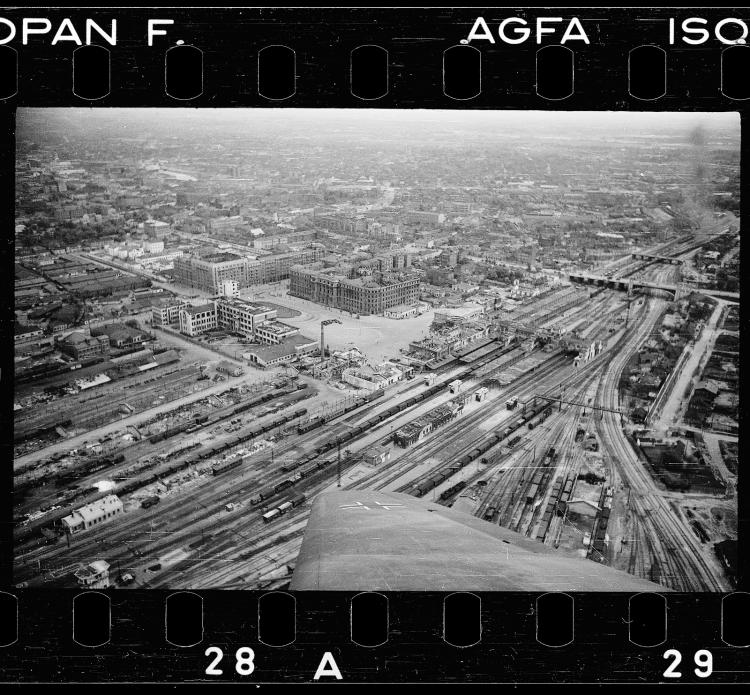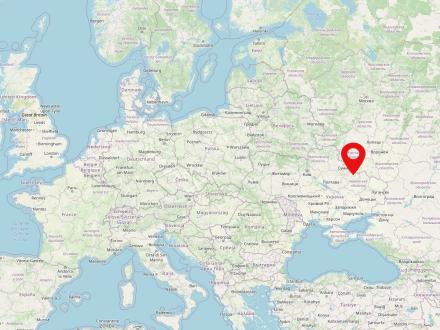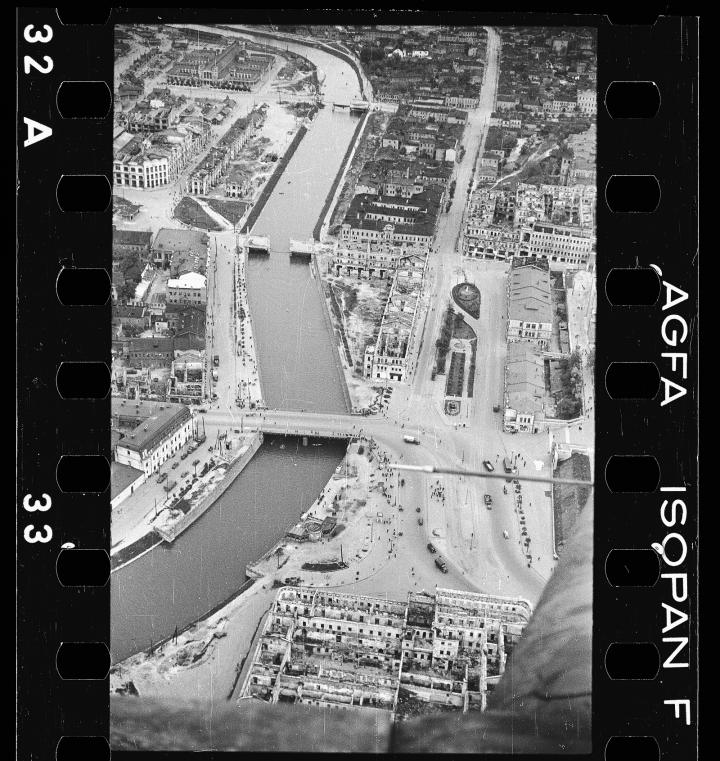Kharkiv is the second largest city in Ukraine and today had about 1.5 million inhabitants in 2019. The city was founded in 1630 or 1653 in the "Wild Field", as the steppe landscape in what is now southern and eastern Ukraine was called at the time. With the shift of the Russian border to the south, it lost its importance as a fortress, but subsequently became a center of trade and crafts. From 1918 to 1934 Kharkiv was the capital of the Ukrainian Soviet Republic.
Since February 2022 Kharkiv has suffered heavy shelling in the Russian-Ukrainian war.
Due to the war in Ukraine, it is possible that this information is no longer up to date.
And we stand with my grandmother near the window and look out the window. We were on the first floor. At this time, the Germans were coming from the center of Kharkiv towards Gorky Park. A bunch of Germans. They walk quietly, no one touches them, and they walk. A few people, a little ...
And here we are standing with my grandmother near the window, the Germans are coming, and my grandmother was then old. And says: “Boys, boys, as you came, so you will leave here.”
“October 16
Yesterday and today, the Germans are bombing Kharkiv from the air. Many losses among the population. I am glad that I began to treat these bombings quite calmly. The heartbeat only slightly accelerates when a German plane flies somewhere very close and low... I feel incredibly calm when my wife and children are in a bomb shelter.
October 17
It is said that a major raid by German aircraft is expected. I need help understanding the purpose of this event. After all, Kharkiv will, nevertheless, be surrendered, if not tomorrow, then in two weeks or a month. Why destroy the city that will belong to them? … The last communists are leaving. Probably the Germans are very close, as the carts are dragged through the city in an easterly direction. If only Kharkiv had been surrendered without bloodshed. After all, there is a lot of space between cities, and it is convenient to arrange battles there. Why is it necessary to fight in the city itself? After all, this is completely useless cruelty! It's five o'clock now. There is no light. The windows are boarded up and covered. I am writing by the light of a flickering candle. Cold! Due to the lack of electricity, the electric fireplace is inactive. The temperature in the room is not higher than +5 С°.”
“The bombings were terrible. Like a triangle, a trench was dug in the garden, and all the neighbors ran and hid there. And it was terrifying as if a bomb would fall on you right now. And then, for the first time in my life, I learned what fear is, and this feeling of fear remained for the rest of my life. That's what fear is.”



“October 22. My prediction yesterday did not come true: the Germans have not yet entered the city. Artillery firing can be heard somewhere very close but still outside the city. There are no more police in the city. In some places, the front is being watched by the military. But in general – the city is dominated by the mob. A lot of drunks. I saw hooligans wearing top hats stolen from somewhere (isn't it in the theater?) and bawling songs of obscene nature.”









